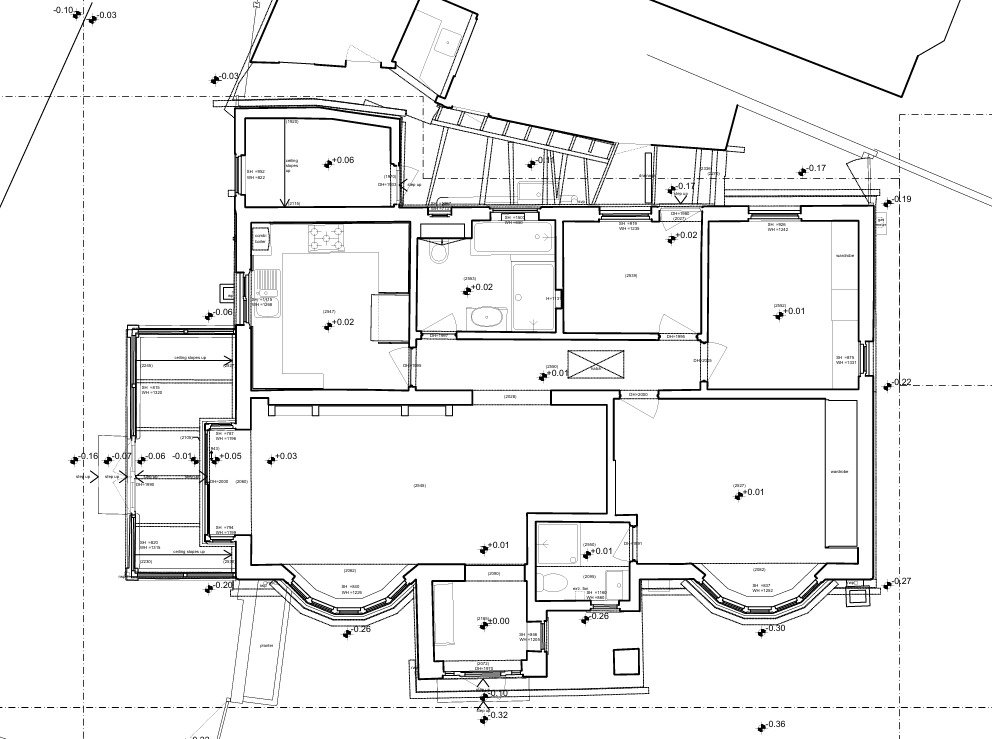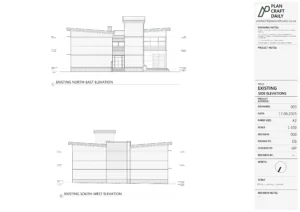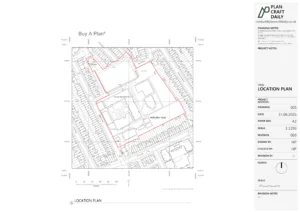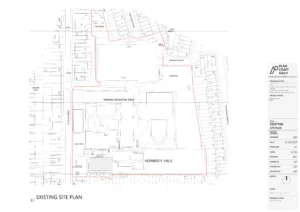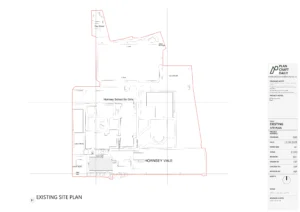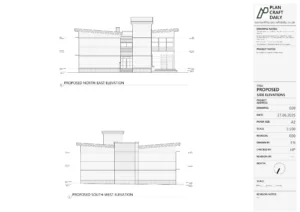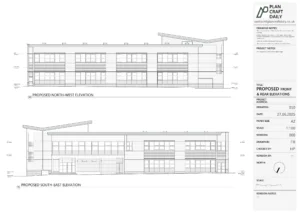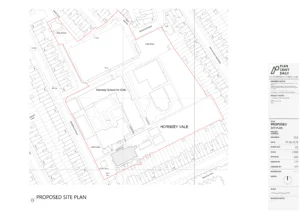Introduction
As we move further into the 21st century, architectural planning is experiencing rapid transformation driven by technological advancements, sustainability goals, and evolving societal needs. At Plan Craft Daily, we are at the forefront of these changes, integrating innovation, precision, and expertise into every project.
This article explores the future of architectural planning, shedding light on emerging trends, technologies, and sustainable practices shaping the industry. Whether you’re an architect, planner, or property owner, these insights will provide a roadmap for navigating the future of design and planning.
1. Sustainable and Eco-Friendly Design
Overview
Sustainability has transitioned from being a trend to a fundamental requirement in architectural planning.
Key Features
-
Integration of renewable energy sources.
-
Passive design principles.
-
Use of sustainable materials.
Benefits
-
Reduced environmental impact.
-
Long-term cost savings.
-
Healthier indoor environments.
Tip: Architects should prioritize energy-efficient layouts and materials to meet future building regulations.
Learn about sustainable architecture principles on ArchDaily
2. Smart Building Technology
Overview
The rise of smart technology is reshaping how buildings are planned, constructed, and operated.
Key Features
-
Internet of Things (IoT) integration.
-
Automated building systems.
-
Smart energy management.
Benefits
-
Enhanced operational efficiency.
-
Real-time data monitoring.
-
Improved user experience.
Tip: Integrate smart systems during the planning stage to maximize efficiency.
Explore smart building technologies on Smart Cities World
3. Adaptive and Flexible Spaces
Overview
Modern spaces need to serve multiple functions, adapting to the dynamic needs of their users.
Key Features
-
Movable partitions.
-
Modular design principles.
-
Multi-functional areas.
Benefits
-
Maximized space usage.
-
Enhanced adaptability.
-
Cost-effective layouts.
Tip: Flexibility should be incorporated into the initial design process.
Learn about adaptive architecture on Dezeen
4. Virtual and Augmented Reality (VR/AR)
Overview
VR and AR are revolutionizing how architects visualize, design, and present their projects.
Key Features
-
Immersive design experiences.
-
Real-time collaboration tools.
-
Virtual walkthroughs.
Benefits
-
Improved design accuracy.
-
Enhanced client understanding.
-
Reduced errors in execution.
Tip: Utilize VR/AR tools for client presentations and design reviews.
Discover VR applications in architecture on Autodesk
5. Data-Driven Design Decisions
Overview
Big data and analytics are becoming essential tools for making informed architectural planning decisions.
Key Features
-
Occupancy analysis.
-
Predictive design insights.
-
Data visualization tools.
Benefits
-
Optimized space usage.
-
Enhanced user satisfaction.
-
Reduced planning errors.
Tip: Leverage data analytics software to inform key design decisions.
Explore data analytics in architecture on RIBA
6. Community-Centric Planning
Overview
Future architectural planning focuses on creating spaces that enhance community interaction and engagement.
Key Features
-
Public green spaces.
-
Mixed-use developments.
-
Pedestrian-friendly designs.
Benefits
-
Stronger community bonds.
-
Improved quality of life.
-
Enhanced social sustainability.
Tip: Prioritize public spaces in urban planning projects.
Learn about urban planning trends on Urban Land Institute
7. Sustainable Urbanization
Overview
As urban populations grow, sustainable urban planning becomes a necessity.
Key Features
-
Vertical gardens.
-
Sustainable transport networks.
-
Smart waste management systems.
Benefits
-
Reduced environmental strain.
-
Enhanced city livability.
-
Efficient use of resources.
Tip: Urban planners must focus on long-term sustainability goals.
Explore sustainable urbanization strategies on UN Habitat
8. Increased Focus on Mental Health and Well-Being
Overview
Well-being-focused designs are becoming central to architectural planning.
Key Features
-
Biophilic design principles.
-
Natural lighting and ventilation.
-
Quiet zones and relaxation spaces.
Benefits
-
Enhanced productivity.
-
Improved mental health.
-
Positive occupant experiences.
Tip: Prioritize natural light and green spaces in every design.
Discover biophilic design principles on Biophilic Cities
9. Prefabrication and Modular Construction
Overview
Prefabricated and modular construction methods are gaining momentum for their speed and cost efficiency.
Key Features
-
Off-site fabrication.
-
Quick on-site assembly.
-
Reduced construction waste.
Benefits
-
Faster project timelines.
-
Consistent quality control.
-
Lower environmental impact.
Tip: Plan modular construction techniques during the design phase.
Learn about modular construction on Construction Dive
10. Regulatory Compliance and Ethical Design
Overview
As regulations evolve, compliance and ethics remain crucial components of architectural planning.
Key Features
-
Compliance with UK Building Regulations.
-
Focus on safety standards.
-
Ethical use of resources.
Benefits
-
Avoid legal complications.
-
Improve project credibility.
-
Promote responsible design practices.
Tip: Always stay updated with local and national regulations.
Explore UK Building Regulations on Gov.uk
Conclusion
The future of architectural planning is a blend of innovation, sustainability, and adaptability. With advancements in smart technology, data analytics, and sustainable design, the architectural landscape is evolving to meet the challenges of tomorrow.
At Plan Craft Daily, we are committed to staying ahead of these trends, offering expertise, precision, and innovative solutions for every project.

